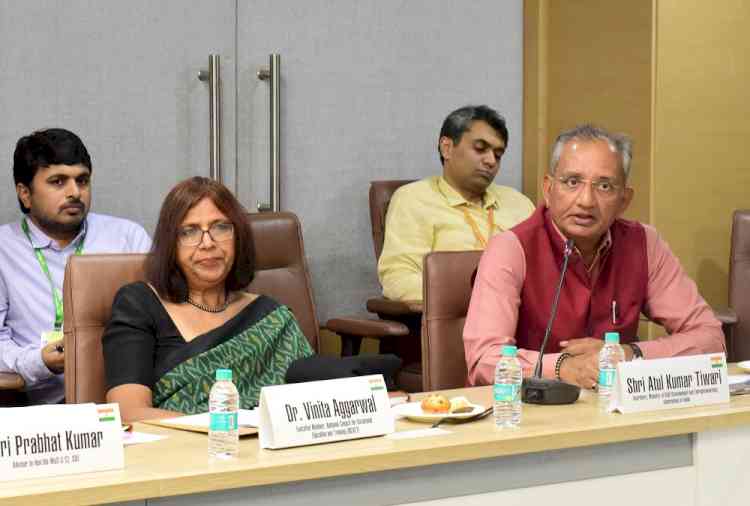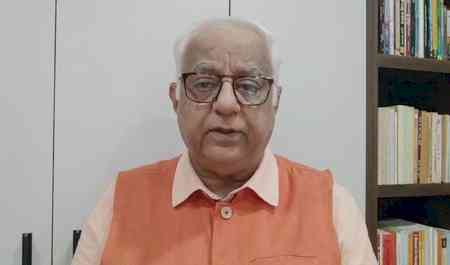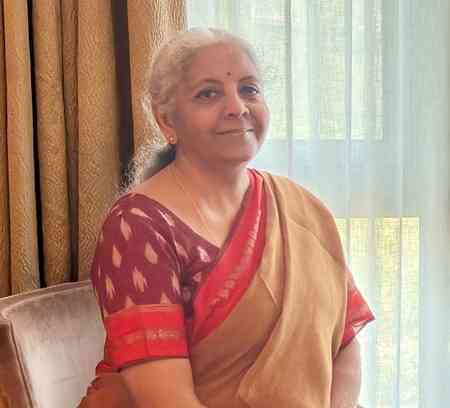Govt schemes increased insurance penetration: Economic Survey
Insurance adoption and penetration in India increased largely due to government schemes and financial inclusion initiatives, said the Economic Survey 2022-23 tabled in the Parliament on Tuesday.

Chennai, Jan 31 (IANS) Insurance adoption and penetration in India increased largely due to government schemes and financial inclusion initiatives, said the Economic Survey 2022-23 tabled in the Parliament on Tuesday.
The government's flagship initiative for crop insurance, Pradhan Mantri Fasal Bima Yojana (PMFBY), has led to significant growth in the premium income for crop insurance.
Ayushman Bharat (Pradhan Mantri Jan Arogya Yojana) (AB PMJAY) aims at providing a health cover of Rs 5 lakh per family per year for secondary and tertiary care hospitalisation, the Survey notes.
Important government initiatives, strong demographic factors, a conducive regulatory environment, increased mergers and acquisitions (M&A), product innovations, and vibrant distribution channels are supporting the insurance market's growth.
According to the Survey, India poised to emerge as one of the fastest-growing insurance markets in the coming decade. The insurance penetration in the country has increased from 2.7 per cent around the turn of the millennium to 4.2 per cent in 2020 and remained the same in 2021.
The life insurance penetration in India was 3.2 per cent in 2021, almost twice more than the emerging markets and slightly above the global average.
However, most life insurance products sold in India are savings-linked, with just a small protection component. Hence, households remain exposed to a significant financing gap in the event of the premature death of the primary breadwinner, the survey notes.
Citing a Swiss Re Institute World Insurance report the Economic Survey said India is expected to emerge as one of the top six insurance markets in the world by 2032, ahead of Germany, Canada, Italy, and South Korea.
Further, growth in the non-life insurance sector is likely to be driven by demand for health coverage, with people more aware of health security post-Covid-19 and strong support from the government-sponsored mass health programme (Ayushman Bharat).
Compulsory motor third party insurance will multiply as India's middle class expands and buys more cars.
The digitisation of India's insurance market goes beyond telematics and customer risk assessment. Many digital platforms have emerged over recent years, offering various services, including insurance purchases.
The Economic Survey also said, the insurance density in India has increased from US$ 11.1 in 2001 to US$ 91 in 2021 (density for life insurance was US$ 69 and non-life insurance was US$ 22 in 2021) in keeping with the relatively faster expansion of the insurance market in the country.
During FY22, the gross direct premium of non-Life insurers (within and outside India) registered year-on-year (YoY) growth of 10.8 per cent, primarily driven by health and motor segments.
The net incurred claims of non-life insurers stood at Rs.1.4 lakh crore in FY22.
The life insurance premium registered YoY growth of 10.2 per cent in FY22, with new businesses contributing 45.5 per cent of the total premiums received by the life insurers. The life insurance industry paid benefits of Rs.5.02 lakh crore in FY22, out of which 8.3 per cent benefits were on death claims, the survey said.


 IANS
IANS 








